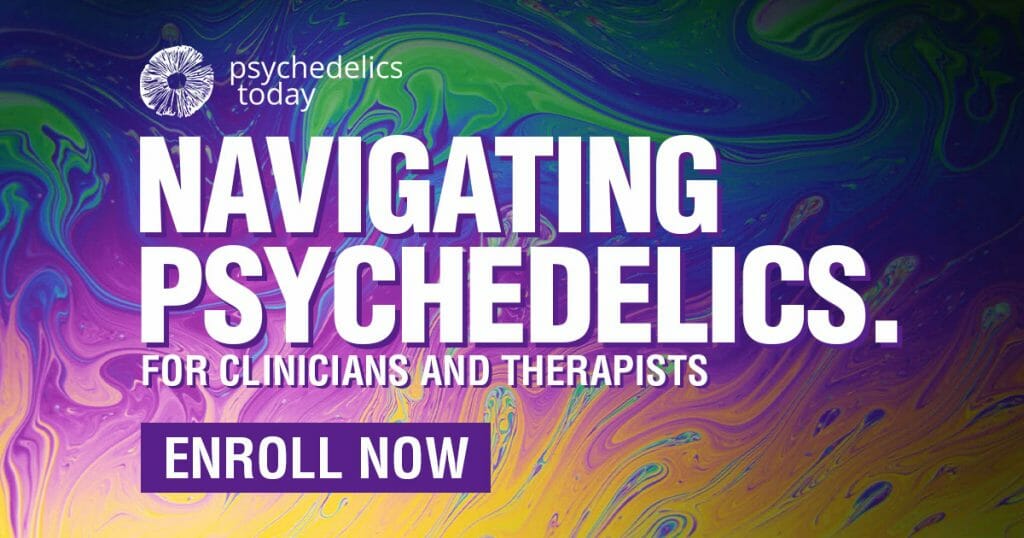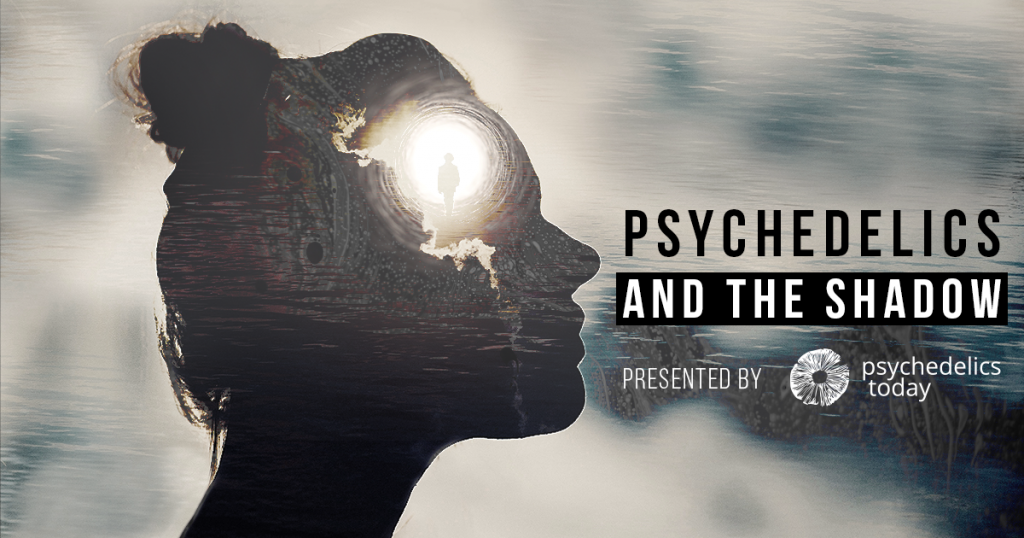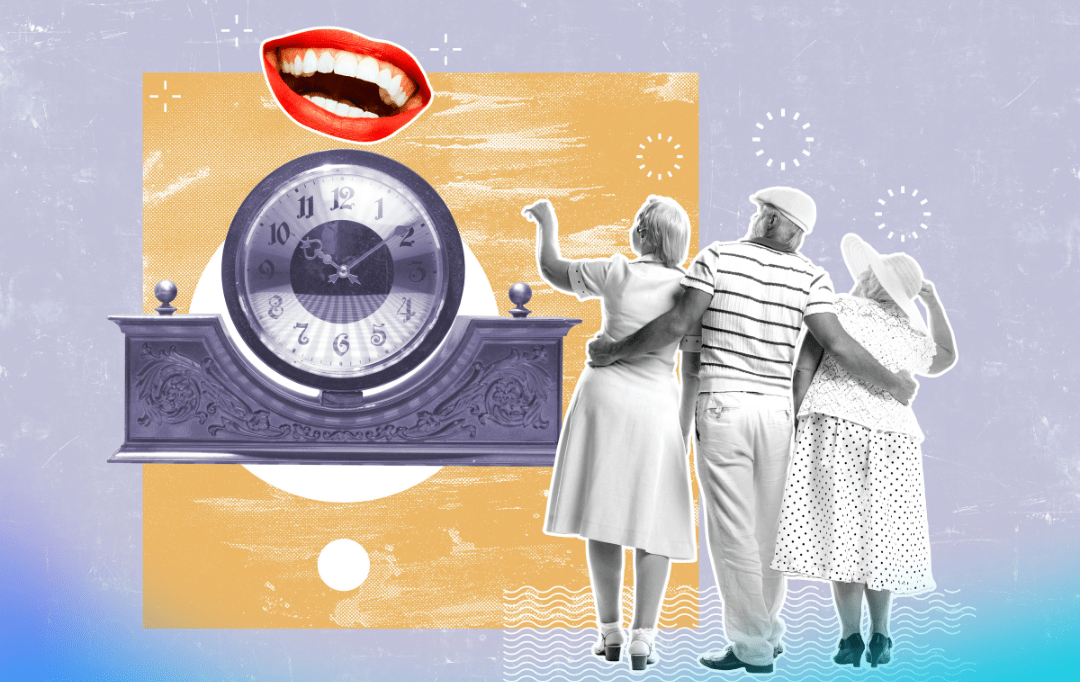Our understanding of the brain in the 1800s was quite different from what we know today – and pretty weird, too.
You can’t throw a tab of LSD without hitting a story about psychedelics these days. While psychedelics are going through a scientific renaissance, 150 years ago, the field was a circus of misinformation and racism. Occasionally though, through that potpourri of misguided madness, it nailed some concepts that still hold up today. Granted, future scientists will most likely write an article clowning the state of psychedelics in the early 2000s to today, but let me be the first to start that vicious cycle by highlighting some of the more ridiculous concepts people believed in the 19th Century.
While there may have been many ethnographic studies of psychedelics dating back to the Bronze Age, the concept of modern neuroscience is a fairly new field. In the 1880s, the interest in neuroscience formed from humanity’s attempt to explain mental illness and addiction through scientific terms as opposed to supernatural spirits possessing bodies. Some neuroscientists in the 19th century believed a person’s cognition, along with predisposition of behavioral traits was rooted in neuroanatomy, which some believed was reflected in the physical structure of the skull. The idea that chemistry played a role in brain functionality was a novel concept that didn’t have much support in the scientific community in the early 1880s. In fact, the closest thing science got to neurochemistry was in 1809, when Johann Christian Reil soaked a brain in pure alcohol for a week just to see what would happen (if you’re wondering, it got really hard and took on the texture of shoe leather).
To first understand the state of neuroscience in the 1800s, we must first comprehend the state of science at the time, and it was bonkers.
Cell Theory, Darwin, and Phrenology
The idea that all living organisms consisted of cells and that all cells originated from pre-existing cells (cell theory) proposed by German physiologist Theodor Schwann in 1839 was revolutionary. It shifted the deeply-held religious belief that life originated supernaturally, and instead, emerged from biological means. It sounds trivial now, but society took a collective seat and came to the realization that each person was a community of cells working in unison to create a ‘Bob,’ Connie,’ or ‘Karen’ (and of course, all those Karen cells wanted to see the manager shortly after being created).
Twenty years after the world recovered from Schwann’s cell theory, Darwin dropped The Origin of a Species, giving birth to the concept of evolution, a radical idea that once again shifted humanity’s focus away from divine creation and more closely towards the modern worldview we hold today.

Science in the 1800s was also notoriously racist. Many people used Darwin’s evolutionary theory to justify hateful pseudoscience that revealed the most vile aspects of humanity. While he was able to consciously remove himself from the 19th century racism that prevailed in science at the time, most could not. Franz Joseph Gall constructed the basic ideologies of phrenology in 1808, which was a belief that a person’s mental aptitude could be determined by bumps and ridges in a person’s skull — evidence Gall believed was the pressure of the neuroanatomy of the brain on the skull. More specifically, he believed a person’s behavior was localized in different compartments in the brain — a total of 28 areas to be exact. Things like ‘the firmness of purpose,’ ‘love of poetry,’ and even a place in the brain that’s responsible for a person’s tendency to murder, Gall insisted, could be determined through cranial anatomy.
When phrenology emerged in Europe in the 1800s, most scientists discarded the idea since its foundations were based on faulty neuroanatomical information. Gall was tossed out of Austria for proposing such an obviously absurd idea and eventually ended up in France, where even Napoleon Bonaparte ridiculed his concept of phrenology. When the rest of the world seemed to collectively reject phrenology as the pseudoscience it truly was, it found a home in America — because at that conflicted time, obviously it would.
With abolitionist movements spreading across the country along with the social underpinnings of what would be known as the Civil War, phrenology was used as a “scientific” reason to justify slavery in America and the overall disgusting treatment of Indigenous people as land continued to be removed from tribal territories. However, phrenology did have its fierce opponents, like John P. Harrison, editor of the Western Lancet, a peer-reviewed medical journal that caught the attention of Southern political leaders when it was introduced to America (and is still in print today). With the assistance of books like Phrenology Vindicated by Charles Caldwell and Crania Americana by Samuel Morton, political leaders had the “scientific” backing to make absurd claims like Africans were neurologically designed to be enslaved and Indigenous Americans were biologically a different species than white people — which made stealing their land a natural process ordained by God.

Louis Lewin’s Phantastica
Amongst the incendiary nature of science during the 19th century, the unlikely emergence of psychedelic neuroscience occurred — and like all things in the 1800s, it was undoubtedly a product of its time. That’s a nice way to say it was sometimes wrong and mostly racist, but interestingly enough, it got some things right.
Neuroscience can be defined as the objective study of the brain and the central nervous system. The first neuroscientist to analyze the effects of psychedelics was Germany’s Louis Lewin in his book, Phantastica. Although it was officially released in 1924 when Lewin was 74, it contained his collected psychedelic research that took place in the late 1800s. Among the many drugs he categorized, he decided not to call psychedelics “hallucinogens” since not all substances elicit a hallucinatory response. “Phantastica” was the word he decided on, along with other equally interesting names like “Inebriantia” for drugs like alcohol, and my personal favorite, “Excitantia” for substances like caffeine and nicotine.
Lewin was never really a scientific rock star in his time though, mostly because he refused to renounce his Jewish heritage in 19th-century Germany – racism and anti-Semitism in the scientific community at this time went hand-in-hand. However, Lewin did get the props he deserved in psychedelics when Paul Henning of the Berlin Botanical Museum named peyote Anhalonium Lewinii in Lewin’s honor.
Around the time Lewin came on the scene, most people were describing psychedelics in a subjective manner, wrapped up in pseudo-science and religious mysticism. People weren’t tripping because of psychedelic-induced neurological activity — evil spirits possessed the taker of the psychedelic, which meant evil behavior was soon to follow. Metaphysics, with its focus on the nature of human consciousness and existence, was rapidly growing in the 1800s. Lewin believed that describing psychedelics in metaphysical terms would ruin what we could potentially learn from them. His research was wholly focused on dispelling the pseudoscience that surrounded psychedelics, yet Lewin fell into the trap of anointing psychedelics with otherworldliness with his idea that an invisible force called ‘vital energy’ surrounded all living things. Lewin believed this vital energy governed all chemical, mechanical, and physical properties of each person and that psychedelics had the ability to interrupt this energy. He also believed a person’s resistance to psychedelics was dependent on the strength of their vital energy.
This wasn’t the first time Lewin would take an L in his neuroscientific research of psychedelics. When assessing the capability of certain psychedelics on the brain, he assumed (1924, p. 8) that black people naturally had a higher recovery rate than whites:
“We may take it as a fact that Negroes have greater recuperation powers than white people. This is due not to climatic conditions but to certain innate qualities possessed by them.”
In his writings, he didn’t seek to prove this theory — it was just taken as matter-of-fact; another symptom of the 19th century. Lewin also insisted Indigenous people knew of their own racial inferiority, which is why they self-medicated with psychedelics:
“The Indians of South America are said to have an intuitive appreciation of their own defectiveness, and to be ever ready to rid themselves of such melancholy feelings by intense excitement, i.e. through kola and similar drugs” (p. 2).
Still somehow, Lewin believed psychedelics ‘form bonds in people of all walks of life’ (p. 7). He realized the diversity of people was so great that a one-size-fits-all explanation of human physiology and psychology in regards to psychedelics wouldn’t suffice. Likely influenced by Darwin’s The Origin of Species, Lewin made a strong case for the adaptations of organisms to a variety of external influences like psychedelics. He believed a skilled anthropologist could trace the development of culture directly to the availability of psychedelics, an idea shared 100 years later in Terence McKenna’s Food of the Gods. Lewin was also one of the first scientists to see the health benefits of psychedelics, mostly based on accounts of Indigenous people taking them for mental health.

In the 1800s, a small but prevailing idea amongst scientists was that psychedelics created a “trip” by activating ductless glands in the body to secrete hormones into the endocrine system. Lewin thought the theory was BS and instead theorized that psychedelics excite certain “brain centers” to “transmit agreeable sensations” (p. 3) through the chemistry of the substance. He basically described what we now know as psychedelics acting as serotonergic agonists that bind to mostly 5-HT2A receptors in the brain — an original theory Lewin established nearly 50 years before the discovery of serotonin.
Lewin’s assumption that psychedelics hit specific cortical regions through something like the serotonin system was remarkable, but only because he made other successful guesses like recognizing that every chemical study on the brain up to that point was conducted ex vivo, or on a dead brain, and that in vivo neuro research conducted on a living brain may have chemicals that were not present or didn’t transform into something else upon death. He also knew about the brain’s need for oxygenated blood and suggested that psychedelics may affect this process. Neuroscience had to wait 100 years for Lewin’s idea to be tested with BOLD (Blood Oxygen Level Dependent) brain imaging through MRI.
When it came to theoreticals, Lewin had a few. One of his notable ones was the idea of a toxic equation, which is a loose formula that dictates everyone has a certain resistance to the effects of psychedelics based on their neurophysiology and overall physiology. On the surface, it sounds like a reasonable idea, but digging deeper, it gets a bit irrational. His general belief was that people built up a resistance to psychedelics due to parts of the brain weakening and not being able to process these substances. There’s still no proof of this over a century later though, and in 2021, Dr. Ling-Xiao Shao conducted research that pointed to the opposite. Psilocybin actually strengthens dendritic density in the brain and repairs neurons that have atrophied due to stress and depression. Lewin also believed cells had ‘will-power’ and when a person takes a psychedelic after not taking it for a long time, the memory of the ‘agreeable sensation’ is just too strong to resist and that’s how people become addicted again (p. 18).
Learning From the History of Psychedelics
Unfortunately, psychedelic neuroscience research didn’t really catch on in the 19th century, mostly because civilization almost collapsed due to a global opioid addiction that crippled nearly every economy and led to prohibition in the early 1900s. The bigotry and racism of the 19th century confined Louis Lewin’s research of psychedelics into a box that takes a lot of ethical unpacking to fully absorb.
The origin of neuroscience is shrouded in poorly constructed science and whacky ideas which were specifically designed to marginalize groups of people from the discussion of who could be considered human. It has a dark past, but with a more defined scientific method and newer ideas, the future of psychedelic neuroscience is whatever we make it. In every natural system, diversity is the key defining factor for the progression of that system. These ideas aren’t mine or even new — Darwin wrote several books on this. This same need for diversity also applies to psychedelic neuroscientific research. History shouldn’t serve as an obstacle for the exponential amount of discovery that can be revealed if we all work together. We will get there.


